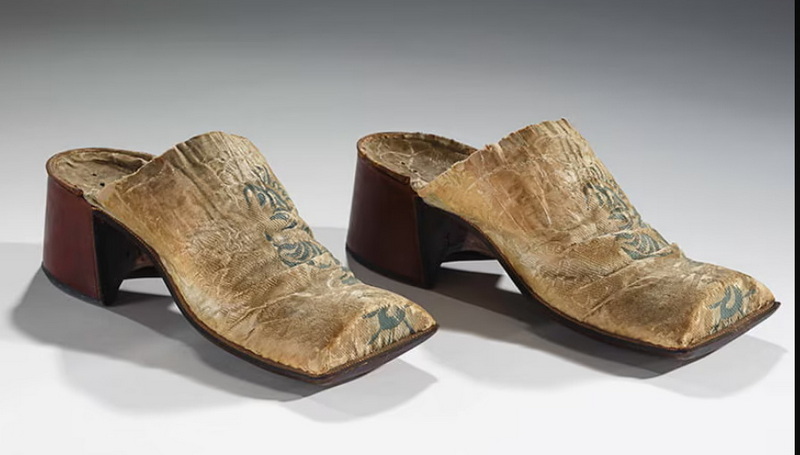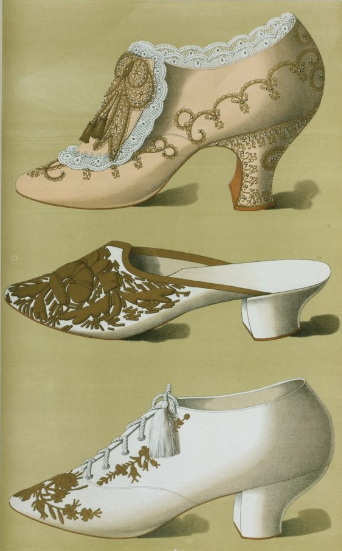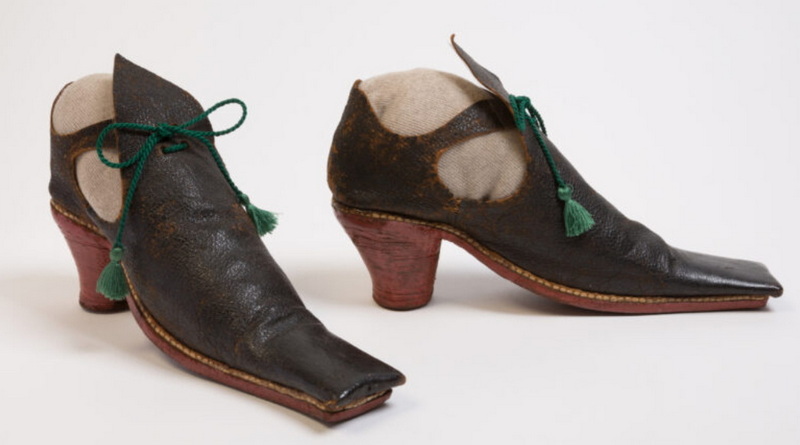Content Menu
● The Origins of High Heels
● High Heels in Women's Fashion
>> The 16th Century: A Shift in Gender Norms
>> The 17th Century: Symbol of Status
>> The 18th Century: Gender Distinctions
● The 19th Century: Practicality Meets Fashion
● The 20th Century: The Rise of Stilettos
● Modern High Heels
● Health Implications of Wearing High Heels
● The Evolution of High Heels Through Decades
● Conclusion
● FAQ
>> 1. Who invented high heels?
>> 2. When did women start wearing high heels?
>> 3. What was the purpose of high heels in ancient times?
>> 4. How did high heels evolve over time?
>> 5. Are high heels bad for your health?
● Citations:
High heels have a rich and complex history that spans centuries, evolving from practical footwear worn by men to a symbol of femininity and fashion for women. Understanding when high heels were invented for women requires delving into historical contexts, cultural shifts, and the evolution of fashion. This article explores the origins of high heels, their journey through time, and their significance in women's fashion.

The Origins of High Heels
The concept of elevated footwear can be traced back to ancient civilizations.
- Ancient Egypt (circa 3500 BCE): Both men and women wore heeled sandals primarily for ceremonial purposes. These early high heels served as status symbols among the upper classes.
- Persian Cavalry (10th Century): The practical use of high heels began with Persian cavalrymen who wore heeled boots to secure their feet in stirrups while riding horses. This design allowed them to maintain stability and control during battle, marking a significant shift in the purpose of high-heeled footwear.
- European Adoption (16th Century): High heels made their way to Europe through trade routes, becoming popular among both men and women. Notably, Italian courtesans began wearing heels to enhance their stature and allure.
High Heels in Women's Fashion
The 16th Century: A Shift in Gender Norms
The first recorded instance of high heels being worn by a woman dates back to Catherine de Medici, who wore them at her wedding in 1533. This marked a pivotal moment as women began to adopt styles previously reserved for men.
- Catherine de Medici: She introduced the French court to high heels, which quickly became fashionable among noblewomen. The trend was characterized by intricate designs and luxurious materials that highlighted the wearer's status.
The 17th Century: Symbol of Status
By the late 17th century, high heels had become a symbol of status and wealth in Europe.
- King Louis XIV: Known for his flamboyant style, Louis XIV popularized red-heeled shoes, which became associated with nobility. The height of the heel often indicated social rank; the higher the heel, the more elite the wearer.
The 18th Century: Gender Distinctions
As fashion evolved, so did the design of high heels:
- Men's shoes featured thick, chunky heels suitable for riding, while women's shoes adopted thinner and more delicate designs. This distinction solidified high heels as a feminine accessory.
The 19th Century: Practicality Meets Fashion
The 19th century saw further evolution in heel design:
- Victorian Era: Women's fashion emphasized modesty and femininity. High heels were often used to create an illusion of smaller feet, aligning with beauty standards of the time.
The 20th Century: The Rise of Stilettos
The mid-20th century marked a significant turning point in high heel history:
- World War II Influence: Wartime technology allowed for thinner, more elegant heel designs. The stiletto heel emerged during this period, becoming synonymous with glamour and sophistication.
- Iconic Figures: Celebrities like Audrey Hepburn and Marilyn Monroe popularized high heels in film and fashion, further embedding them into women's wardrobes.

Modern High Heels
Today, high heels are available in various styles, heights, and designs:
- Fashion Staple: High heels remain a staple in women's fashion, often associated with elegance and professionalism. Designers continuously innovate with materials and styles to cater to changing tastes.
- Cultural Impact: Despite their popularity, high heels have been critiqued for their impact on health and mobility. Many women experience discomfort or pain from prolonged wear.
Health Implications of Wearing High Heels
While high heels can enhance appearance and boost confidence, they are also associated with various health issues:
- Musculoskeletal Problems: Prolonged use of high heels can lead to musculoskeletal pain due to altered biomechanics while walking. Studies show that wearing high heels increases pressure on the forefoot and can lead to conditions like bunions or plantar fasciitis[3][7].
- Posture Issues: High heels can change posture by increasing lumbar lordosis (the inward curve of the lower back), which may contribute to lower back pain over time[3][6].
- Increased Risk of Falls: Wearing high heels can decrease balance and stability, increasing the risk of falls and ankle injuries[3][6].
The Evolution of High Heels Through Decades
High heels have undergone significant transformations through various decades:
- 1920s: After World War I, heeled shoes became more accessible. Women began wearing lower heeled shoes as they entered the workforce during this era.
- 1950s: The post-war era saw a resurgence in femininity with classic pumps becoming popularized by Hollywood stars like Marilyn Monroe.
- 1970s: Platform shoes dominated this decade as they provided additional height without compromising comfort.
- 1990s: Chunky heels became fashionable again alongside stiletto styles that emphasized femininity.
Conclusion
High heels have undergone a remarkable transformation from their practical origins to becoming an essential element of women's fashion. They symbolize not only style but also the changing roles and perceptions of women throughout history. While they continue to be celebrated for their aesthetic appeal, discussions about comfort and practicality persist in modern fashion discourse.

FAQ
1. Who invented high heels?
High heels cannot be attributed to a single inventor; they evolved over centuries across different cultures. Their origins trace back to ancient Egypt around 3500 BCE.
2. When did women start wearing high heels?
Women began wearing high heels in the mid-1500s, with Catherine de Medici being one of the first recorded wearers at her wedding in 1533.
3. What was the purpose of high heels in ancient times?
Initially, high heels served practical purposes for men in equestrian contexts but later became symbols of status and femininity among women.
4. How did high heels evolve over time?
High heels evolved from thick wooden designs for men to delicate stilettos for women by the mid-20th century due to technological advancements.
5. Are high heels bad for your health?
Yes, wearing high heels can lead to various health issues such as foot pain, musculoskeletal problems, and increased risk of falls if worn excessively.
Citations:
[1] https://londonrunway.co.uk/the-history-of-high-heels/
[2] https://www.wardrobeshop.com/blogs/vintage-style-fashion/history-womens-heel
[3] https://www.physio-pedia.com/High_heels_and_Women's_Health
[4] https://www.businessinsider.com/heels-each-year-2018-8
[5] https://shoefairyofficial.com/blogs/news/the-history-of-high-heels-10-facts-that-surprise-you
[6] https://en.wikipedia.org/wiki/High-heeled_shoe
[7] https://pmc.ncbi.nlm.nih.gov/articles/PMC10651440/
[8] https://www.elixuer.com/style/the-history-of-high-heels/
[9] https://www.fastcompany.com/90775177/the-long-history-of-heels-from-a-symbol-of-mens-power-to-womens-burden
[10] https://www.harpersbazaar.com/fashion/street-style/g7690/high-heels-through-the-years/

















